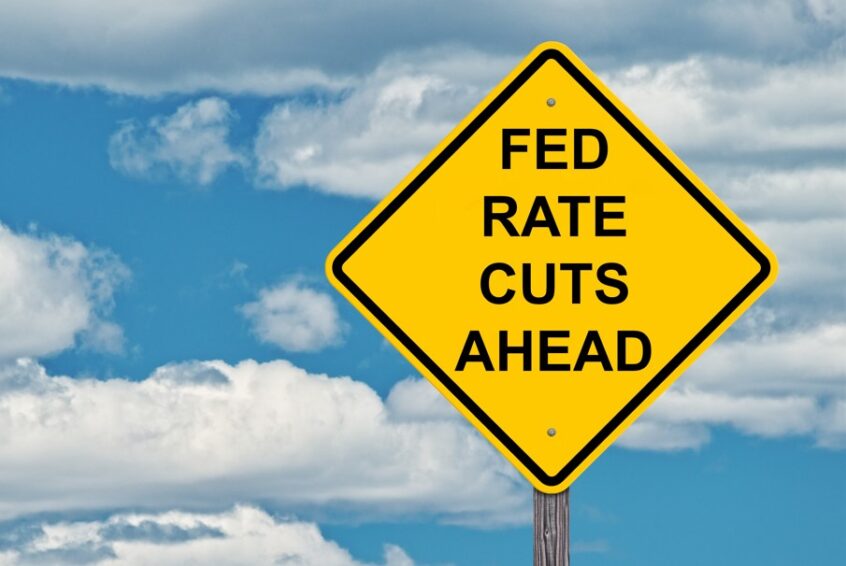The latest equity correction was as short-lived as the previous one in early August and rather less severe. Global equities bounced some 3% last week in both local currency and sterling terms, having fallen 3.8% the previous week. This leaves markets some 1.5% below their all-time high in July.
Just as the US and the tech sector led the decline, they also led last week’s rebound, gaining around 4% and 6% respectively. Nvidia was up as much as 15%, regaining its losses of the previous week although remaining some 13% below its June high.
Meanwhile, government bond yields continued to edge lower, leading to Gilts and Treasuries returning around 0.5%. Gold also had a good week, hitting a new high of $2580/oz.
So, why such a quick rebound? The crucial US inflation data released mid-week provided no real justification, coming in slightly above expectations. While the headline rate fell to 2.5% from 2.9%, the core rate was unchanged at 3.2%. Rather, recession worries seem to have eased as quickly as they appeared, in part because hopes have grown that the Fed this Wednesday will cut rates by 0.5%, rather than just by 0.25%.
There was no concrete news to prompt this change of view, just possible whispers from the Fed in this direction. Almost as important as the size of the initial cut will be Chair Powell’s steer regarding the speed of future reductions and the Fed’s new set of economic projections. The market is now assuming rates will be back below 3% by next summer from their current level of 5.25-5.5%. This looks overly optimistic unless there is a recession which we don’t expect.
As expected, the ECB on Thursday lowered rates by a further 0.25% to 3.5%. However, President Lagarde suggested that the next reduction will not be until December and policy looks set to be relaxed over the coming year rather more slowly than in the US.
The BOE also looks likely to cut rates more gradually than the Fed. Last week’s crop of data did little to change the market’s view that the Bank will probably leave rates on hold on Thursday, leaving the next cut until November after the Budget on 30 October.
Underlying UK wage growth did slow further in July to 5.1% but remains significantly higher than is consistent with 2% inflation. Indeed, while Wednesday’s inflation numbers should show the headline rate unchanged at only 2.2%, the core rate is forecast to edge back up to 3.5%.
The latest output data, however, have shown growth slowing again after a stronger than expected performance in the first half of the year, increasing the pressure on the BOE to cut rates. GDP was unchanged in July for the second month running, leaving it up 1.2% on a year earlier.
In China, the news over the weekend was also downbeat. Retail sales, industrial production and investment growth all slowed in August and it is looking increasingly questionable whether the government will hit this year’s 5% growth target. The hope is that this should ratchet up the pressure on the authorities to boost significantly their policy stimulus measures which so far have been underwhelming.
Interest rates are now being cut almost everywhere – except in Japan where they should continue to be raised slowly, even if as likely the BOJ keeps rates unchanged on Friday. This represents a broadly positive backdrop for markets. As long as a US recession is avoided, equities should have scope for further gains, particularly in the cheaper areas outside the US. As for bonds, the outlook also looks favourable as still quite attractive yields should be supplemented by capital gains as yields decline a bit further.
This coming week, there is little economic data out other than UK inflation on Wednesday. Instead all eyes will be on the Fed on Wednesday, the BOE on Thursday and the BOJ on Friday.

Rupert Thompson – Chief Economist

